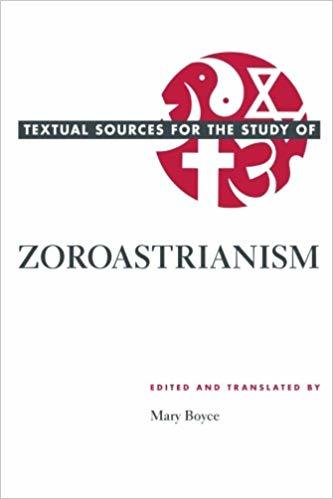What do you think?
Rate this book


176 pages, Paperback
First published June 1, 1984
There once lived a king who in his sovereign rule did as he please and had fair fortune... How joyous was the festival which he celebrated in the spring! All the illustrious were there..., the king seated among the nobles like the moon among the stars... The wine-filled cup passed among them,... blossoms scattered from the trees like coins showered upon the fortunate... To one side minstrels sang to the wine, to the other nightingales sang to the rose... Joyous as was the king's celebration, others were no less so... Each had left his house for the for the fields, carrying with him the means for enjoyment. From every garden and meadow and stream different kinds of song could be heard... Each set a crown of wild tulips on his head, each had the glowing ember of wine in his hand. One group had pleasure in racing their horses, another in listening to music and in dancing... All had gone out to make merry, they turned the earth's surface into a bright brocade.
1 The cow's soul lamented to you, [the gods]: "For whom did you create me?
Who fashioned me?
Cruelty, oppression, bloodlust, rage, and violence have fettered me,
[And] there is no herdsman for me other than you.
Therefore, you must all show me [the way to] good pastures."
2 Then the cow's Fashioner asked Truth: "What [was] your allotment for the cow
when, ruling [the earth], you all gave her cow-tending nourishment
together with pasturage?
Whom do all of you desire as the Lord who would destroy the cruelty [wielded] by the
Possessor of the Lie?"
3 [The one who is] not a slayer of the alliance with Truth
[and is] free from hatred for the cow would reply to him:
"[One] is not to know of those [things] by which He drives the lowly to lofty [heights].
[But] he to whom I shall go, on account of [his] having sent out requests [for aid?],
[will be] the strongest of beings.
4 [Zarathustra:] "The Wise One [is he] remembering best the pacts
that, indeed, he has made with daevas and men sometime before [now]
And [those also] that he will make sometime later.
He is the discerning Lord; it will be for us just as he would wish."
5 [Zarathustra: And] so, then, do we two -- my soul and the fertile cow's --
devote ourselves with zeal, with hands stretched out to the Lord,
So [that] we may dispose the Wise One to [answer our] inquiries.
Is there no prospect for the cattle-breeder living justly among the Possessors of the Lie?"
source: https://lrc.la.utexas.edu/eieol/aveol/10 (I find this translation better than Boyce)